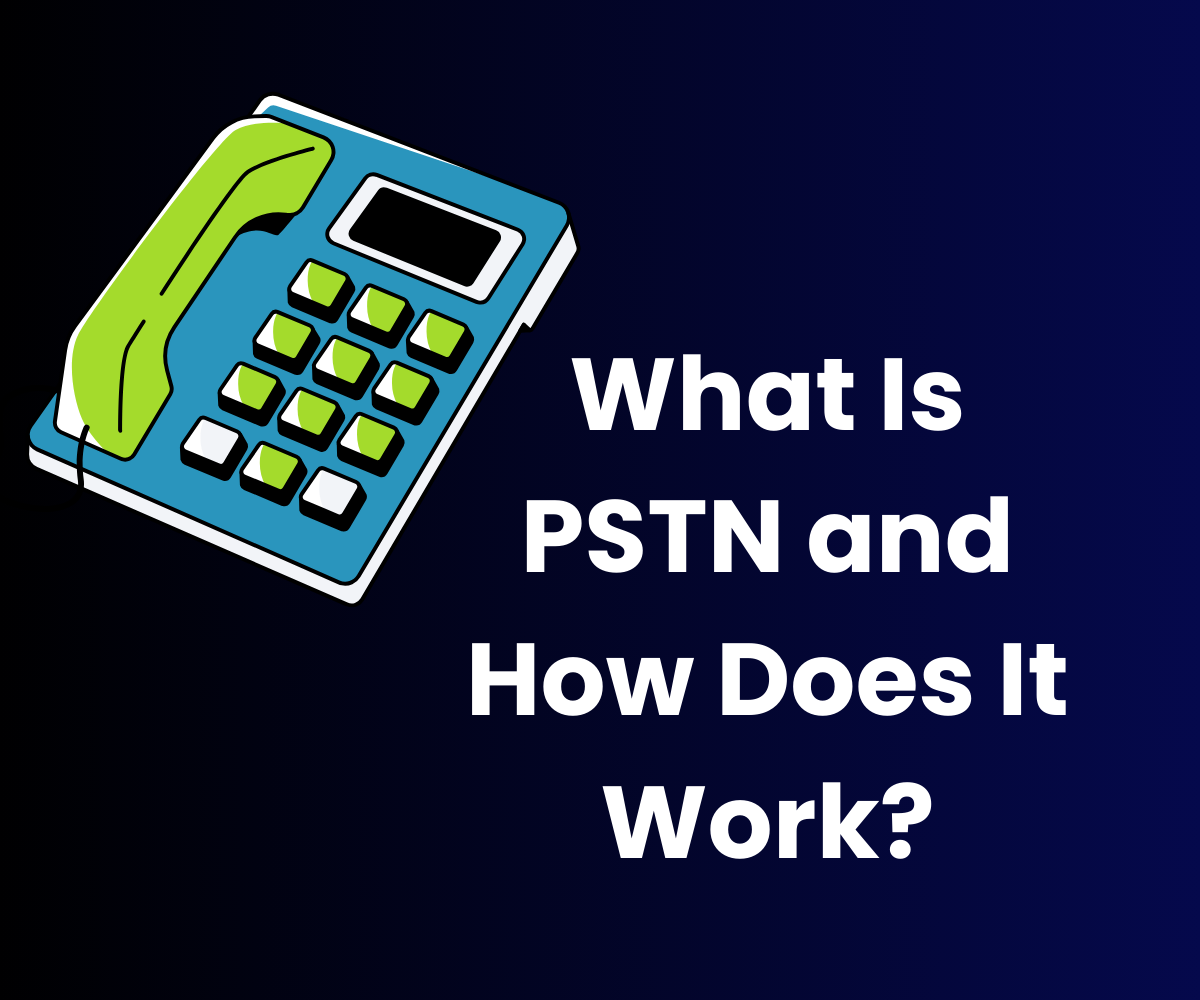 At first glance, the term, “Quality of Service,” seems pretty straightforward. Though not immediately apparent that this is a telephony or computer network term, quality of service is more than just a measurement of how good something is. A little bit of research will yield that QoS is a rating based on a cadre of complex and technical metrics that cover everything from ping rates to echo and everything between.
At first glance, the term, “Quality of Service,” seems pretty straightforward. Though not immediately apparent that this is a telephony or computer network term, quality of service is more than just a measurement of how good something is. A little bit of research will yield that QoS is a rating based on a cadre of complex and technical metrics that cover everything from ping rates to echo and everything between.
If you happen to be like one of our awesome engineers or support team folks, then navigating through various metrics like error rates and throughput is second nature. Or you could be like the rest of us and, though, you don’t know exactly how the internet works, you know when it isn’t working. When that happens, we can easily confuse a complication with one of the metrics in the QoS for the belief that we have a network that is a PoS. If that’s the case, perhaps you could benefit from the ProSIP Network Health Check.
ProSIP Network Health Checks are weeklong, exhaustive examinations of your network’s performance that are easy to conduct because it requires no work on your end. When you have a health check performed for your business, our team of network analysts track and monitor your network remotely from our headquarters in San Jose. From there they can capture all of the relevant data to determine exactly your network’s strengths, weaknesses, and identify both potential vulnerabilities and unrealized opportunities, as well.
Of course, having the complete diagnostic profile of your network doesn’t do you any good if that’s where you stop. That’s why once all of the data is collected our expert technicians will also recommend and employ whatever fixes are required to bring your network up to speed. Following a ProSIP Network Health Check, you can be assured that the systems most vital to your business will keep humming. So there’s no more need to call your network names.






